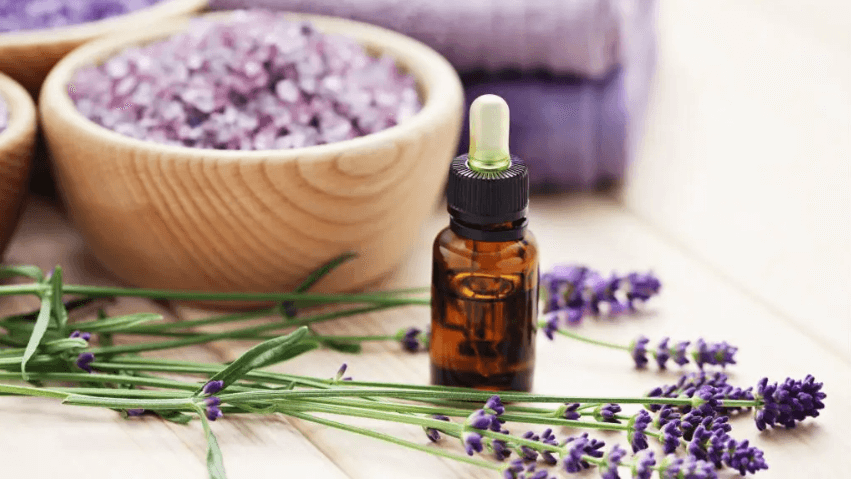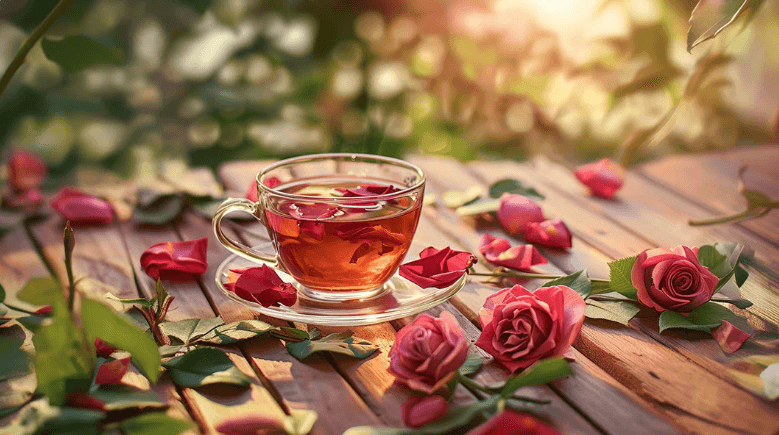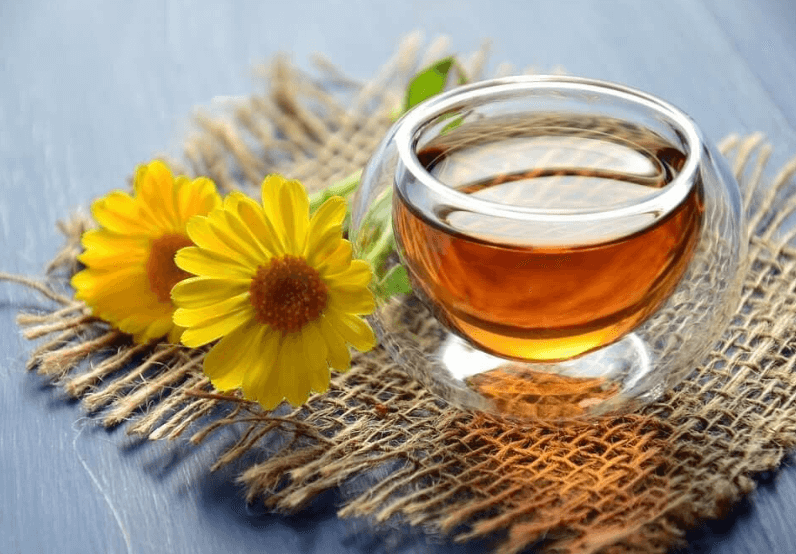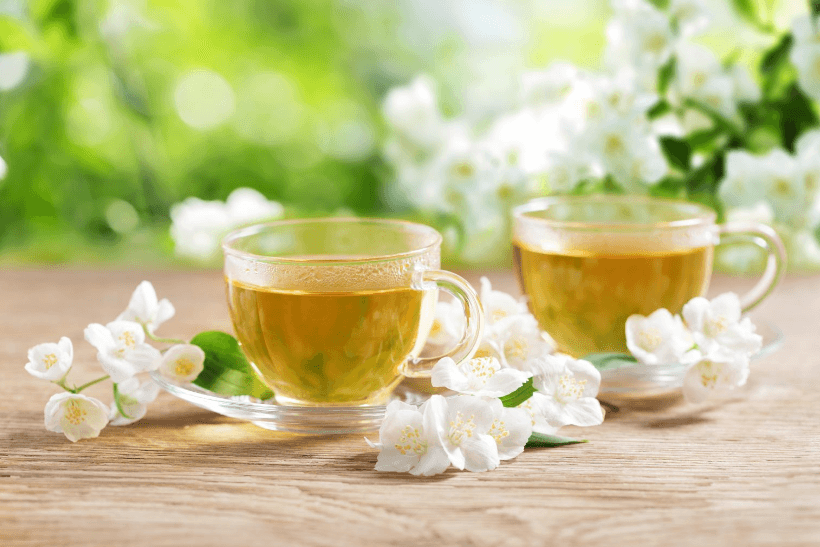- The Limitless Minds
- The Limitless Minds
- 12 Flowers You Didn’t Know That Can Heal Our Body
12 Flowers You Didn’t Know That Can Heal Our Body
2024-10-22

Discover 12 surprising flowers for healing that can boost your health, soothe ailments, and promote well-being naturally. Learn how to use them today!
Flowers are often admired for their beauty, fragrance, and ability to brighten up any space, but did you know that some flowers also have incredible healing properties? It’s true! Beyond just being a pretty face, many flowers contain potent compounds that can boost your health, soothe common ailments, and even promote emotional well-being. So, why not take a deeper look into Mother Nature’s hidden remedies? In this article, we’ll explore 12 flowers for healing that you didn’t know about, and by the end, you might just want to keep a bouquet in your home for more than just decoration.
1. Lavender
Lavender is probably one of the more well-known flowers for healing, but it deserves the first mention for good reason. This fragrant flower is famous for its calming effects. If you’ve ever had trouble falling asleep or dealt with anxiety, lavender might be your best friend.
Lavender essential oil is often used in aromatherapy to help people relax, but its benefits go beyond just the scent. It can be applied topically to soothe burns, reduce inflammation, and even help with skin conditions like eczema. It’s like the Swiss army knife of flowers, always there when you need to calm down or fix a skin issue. It’s definitely one of the best flowers for healing.

Lavender
2. Chamomile
Chamomile isn’t just for tea lovers! While you might know this flower from your soothing bedtime tea, chamomile has been used for centuries to treat a variety of health issues. It’s famous for its ability to calm the stomach, ease indigestion, and help you unwind before sleep.
Chamomile also has strong anti-inflammatory and antioxidant properties, which makes it great for skin care. It can help with acne, skin irritations, and even help wounds heal faster. It’s a gentle flower but don’t underestimate its healing power!
3. Calendula
Calendula is a bright, cheerful flower that packs a powerful punch when it comes to healing. The oil extracted from calendula flowers is often used in creams and ointments to help heal cuts, scrapes, and minor burns. It’s fantastic for your skin and is even used to treat conditions like eczema and psoriasis.
What makes calendula so special? It has anti-inflammatory, antibacterial, and antifungal properties, making it a triple-threat when it comes to soothing irritated skin and preventing infections. It’s definitely among the most potent flowers for healing.
4. Echinacea
Echinacea, or purple coneflower, is a powerhouse when it comes to boosting your immune system. This flower is widely known for its ability to help fight off colds and flu. Studies have shown that echinacea can reduce the duration and severity of these illnesses, giving your immune system the support it needs to fight off infections.
Not only that, but echinacea also has anti-inflammatory properties and can help with skin issues like eczema or psoriasis. It’s a must-have among flowers for healing if you’re looking for natural ways to stay healthy, especially during the cold season.
5. Rose
Roses are not just for romantic gestures; they’re also a secret weapon for your skin and emotional well-being as they’re potent flowers for healing. Rose petals contain antioxidants and essential oils that are great for hydrating and nourishing your skin. Rose water is often used as a toner to tighten pores and give your skin a natural glow.
On an emotional level, the scent of roses has been shown to reduce stress and anxiety. So, the next time you receive a bouquet of roses, think of it as not only a romantic gift but also a way to promote your emotional health!

Rose
6. St. John’s Wort
This yellow-flowered plant has a long history of being used to treat mental health issues, especially depression and anxiety. St. John’s Wort is known for its ability to boost mood and ease symptoms of depression by increasing the levels of serotonin, the "feel-good" chemical, in the brain.
It’s also used topically to treat minor burns, wounds, and muscle pain. Whether you’re looking to boost your mood or heal minor injuries, St. John’s Wort is an excellent flower to have on hand.
7. Passionflower
If you’ve ever struggled with insomnia or anxiety, passionflower might be a game-changer. This exotic-looking flower has been used for centuries as a natural remedy for calming the mind and promoting sleep and has its place among the most potent flowers for healing.
Passionflower works by increasing levels of gamma-aminobutyric acid (GABA) in the brain, which helps to reduce brain activity and allows you to relax. Whether you take it as a tea or in supplement form, passionflower is a natural sedative that can help you unwind after a stressful day.
8. Dandelion
Often considered a weed, dandelion is actually a nutritional and medicinal powerhouse. The bright yellow flowers and leaves of the dandelion plant are packed with vitamins and minerals, including vitamins A, C, and K, as well as potassium and iron.
Dandelion has been used for centuries to aid digestion and support liver function. It acts as a diuretic, helping your body get rid of excess fluid, and can also improve skin conditions like acne and eczema. Next time you see dandelions in your yard, you might want to think twice before pulling them up! It’s definitely the most potent one among flowers for healing.
9. Marigold
Marigold, also known as tagetes, isn’t just a pretty flower to grow in your garden; it has some serious health benefits as well. Like calendula, marigold has anti-inflammatory and antimicrobial properties. It’s great for treating wounds, reducing swelling, and preventing infections.
Marigold is also known for its ability to protect the eyes. It contains lutein and zeaxanthin, which are antioxidants that help protect your eyes from harmful light and can reduce the risk of age-related macular degeneration.

Marigold
10. Yarrow
Yarrow has been used for thousands of years to treat a variety of ailments. This hardy little flower is especially known for its ability to stop bleeding and speed up the healing of cuts and wounds. In fact, it was so effective that ancient warriors used it to treat their injuries on the battlefield!
Yarrow also has anti-inflammatory properties and can help with digestive issues, making it a great all-around flower for health and healing.
11. Hibiscus
You might associate hibiscus with tropical climates and refreshing iced tea, but did you know it can also benefit your heart health? Hibiscus is packed with antioxidants that help lower blood pressure and cholesterol levels, making it great for cardiovascular health.
Not only that, but hibiscus also has anti-inflammatory properties and can help support liver health. It’s a perfect flower to enjoy in a cup of tea, giving you both delicious flavor and a heart-healthy boost.
12. Jasmine
Last but not least, jasmine is another flower that’s often appreciated for its intoxicating fragrance, but it also offers some great healing properties. Jasmine has been shown to reduce stress and anxiety and promote a feeling of well-being. It’s even been used as an aphrodisiac due to its mood-lifting properties.
Jasmine oil can also be used to soothe dry skin, and its antioxidant properties make it a great addition to your skincare routine. Whether you use it in a diffuser or apply the oil directly to your skin, jasmine can uplift both your body and mind.

Jasmine
Conclusion
Flowers have long been admired for their beauty, but their ability to heal our bodies adds an entirely new dimension to their appeal. From soothing stress and boosting immune function to healing wounds and improving skin health, these flowers offer natural, holistic remedies for a wide range of health issues. Even more, by harnessing the power of your subconscious mind, you can accelerate and enhance your physical healing abilities and relieve pain through the energy these flowers embody. So, the next time you walk by a garden or receive a bouquet, remember that those flowers might just be nature’s best medicine, guided by the mind-body connection.
FAQs
1. Can I use flower-based remedies at home?
Yes, many flowers for healing like lavender, chamomile, and echinacea can be used at home in the form of teas, essential oils, or topical applications. However, it's important to research proper usage or consult with a healthcare professional to ensure safety.
2. Are flower-based treatments safe for everyone?
While many flower-based remedies are gentle, some people may have allergies or reactions. It’s always best to do a patch test for topical applications or consult a doctor before using any new herbal remedy, especially if you’re pregnant, nursing, or on medication.
3. Can I grow medicinal flowers at home?
Absolutely! Many flowers for healing, like lavender, chamomile, and calendula, are easy to grow at home. Not only will you have a beautiful garden, but you’ll also have access to fresh, healing flowers whenever you need them.
4. How do I make tea from healing flowers?
Making tea from healing flowers is simple. You can either use fresh or dried flowers. Just steep them in hot water for 5-10 minutes, strain, and enjoy. Popular flowers for tea include chamomile, hibiscus, and lavender.
5. What is the best way to store flower-based remedies?
For long-lasting use, it's best to store dried flowers in an airtight container in a cool, dark place. Essential oils should be kept in a dark bottle, away from direct sunlight to preserve their potency.





